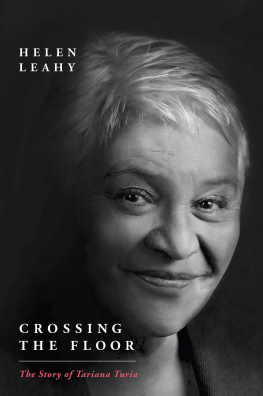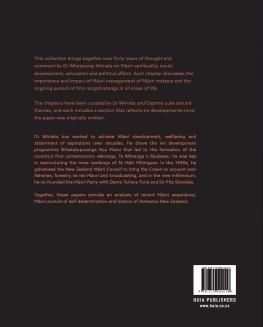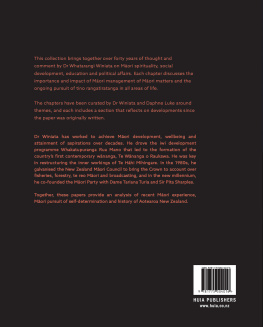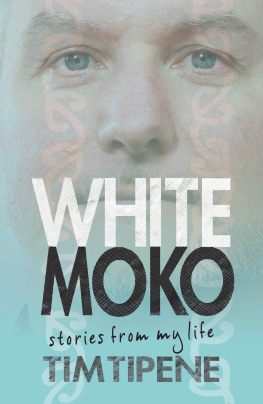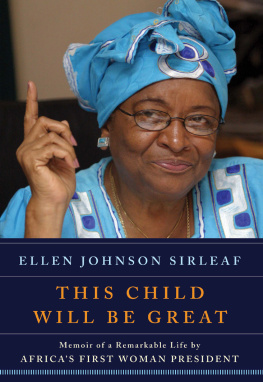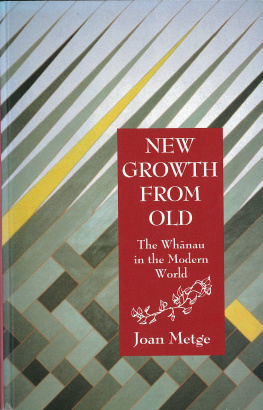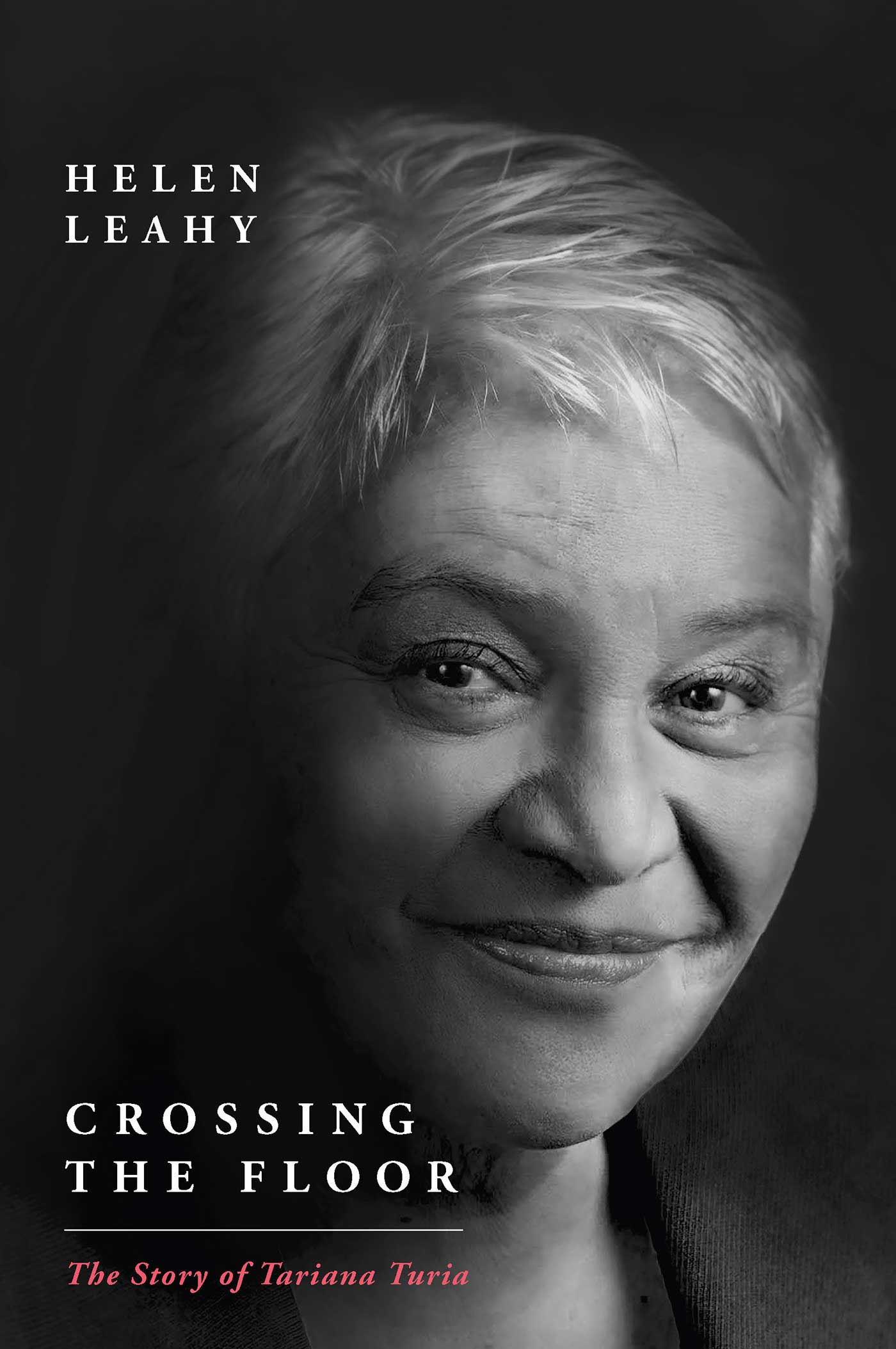Few people are able to deal with pressing problems in the present, and at the same time build platforms that will be relevant to the future. Tariana Turia has shown how both are possible. Well before entering Parliament she fostered community cohesion and community responsiveness to adversity and disadvantage. She did so in a manner that was to lead strong sustainable leadership within her own whnau, hap and iwi and that helped generate greater awareness for health and the positive roles communities might play .
Then, as a Minister of the Crown she was able to introduce policies and programmes that focused on building for the future. Importantly, she saw whnau as key vehicles for Mori well-being in the decades ahead. Moreover, she recognised that focusing only on adversity and disadvantage ran the risk of creating an attitude of despair and a perception of incapacity when what was needed was confidence and a determination to succeed .
Whnau Ora will remain synonymous with Minister Turia. The development, implementation and progression of Whnau Ora would not have occurred without her advocacy, diplomacy, and determination. She was able to persuade parliamentary colleagues that change was needed, and was able to offer a model for change that has the potential to influence the whole society. But in addition to Whnau Ora her contribution to social policy across a range of policies has been groundbreaking. Her support for people with disabilities, her concern for children and her efforts to ensure health gains for Mori speak for themselves. Shortly before her retirement from Parliament, as Associate Minister of Health she also launched a refreshed Mori health strategy Pae Ora which set out a tripartite approach to health encompassing individuals, whnau and both natural and built environments .
This book recognises the efforts of Tariana Turia to create a society where Mori potential can be realised and where whnau can flourish. Her down-to-earth approach, coupled with her extraordinary ability to relate to all sections of society in ways that are frank and at the same time inspiring, have provided a style of leadership that can serve as a model for future generations .
The nation is indebted to her skill, courage, determination and foresight .
-CHAPTER ONE-
ONE FOOT ON THE WATER, ONE FOOT ON THE LAND
We are stroking, caressing the spine of the land .
We are massaging the ricked back of the land
with our sore but ever-loving feet: hell, she loves it!
Squirming, the land wriggles in delight .
We love her .
It is sometimes said that tangata whenua walk backwards into the future. Nowhere is that more obvious than in the way Tariana Turia has lived her life, her aspirations for a better world driven by her intimate associations to her whenua, her birthright, the very essence of who she is .
Tariana Woon was born to Te Aroha Uru Te Angina in a private maternity hospital in Whanganui on 8 April 1944. Te Aroha (Dorsey) was twenty-six years old, and single; the father was an unnamed American marine. It was not considered right for Tariana to be left with her mother, because she was single. The whnau made a decision, and from that point on, she was theirs .
Tariana is proud of the genealogy she was born into; a whakapapa that she takes every opportunity to connect to others. But she is also shaped by the relationship she has with the land and the river, forces that define her and gave her life. Those connections, relayed to her by the aunts and uncles that she grew up among, gave her an innate security. The features of the natural geography all around her became intrinsic to her sense of self. The place in which she lived gave meaning to her life; Whanganui is her home .

The contribution that Tariana Turia would make to our political history would be forever influenced by the phenomenon of the hkoi that took place on 5 May 2004, on the eve of the first reading of the Foreshore and Seabed Bill introduced by the Labour Government of the day. The subsequent mobilisation of the masses which led to the formation of the Mori Party is a crucial chapter in the story of Mori political representation. The momentum generated by the hkoi led to an unprecedented by-election result, with Tariana re-elected to Parliament on the basis of a 92 percent support at the ballot box .
Fourteen months after being sworn in as the first Mori Party MP, Tariana was joined by three others, all leaders in their own right: Dr Pita Sharples, Te Ururoa Flavell and Hone Harawira. Over the next nine years the party attracted intense interest, for good and bad, as they sought to consolidate their position as the strong and independent voice of Mori in Parliament .
This book is being written in Tarianas last days of a remarkable parliamentary career spanning over eighteen years. Throughout it all she has been consistent in her advocacy and love of the people, expressed specifically through her signature approach, Whnau Ora, but also evident in numerous developments she has led in the spheres of health, social services, housing, family violence, disabilities and the broader justice sector .
This story, is, however, more than a mere political hagiography, a tribute to a political leader who has contributed to the parliamentary debates and the policy speak of the last two decades. Tarianas life is a story of a woman who has succeeded through the powerful influence of a whnau who saw greatness in her. It is a love story of a loyal and devoted wife, a proud mother, a besotted nanny to many. No tale of Tariana would be complete without reference to the seventy-nine-day reoccupation of Pkaitore as the people of Whanganui rose up to reclaim their tribal space; or to the longest litigation in New Zealand history leading up to the Whanganui River Settlement .
Tariana refuses to accept that her leadership is exceptional; her mantra has always been that leadership resides in the people. And so it is that her story is situated in the stories of others. It is a story of the Te Awa Youth Trust a ten-year programme of transformation for young people, for her beloved marae at Whangaehu, for community development centred around employment and skills. It is a story of Te Oranganui the oldest and largest Mori health service provider in the Central Region. And there are children, wh nau, hap and iwi, intimately connected, at every step of her journey .
The journey taken in writing this book is one of capturing stories. Inevitably, the question of voice is complicated. Tariana and the author share a love of Maeve Binchy, swapping books and savouring her stories with great satisfaction. They also admired the approach taken by Canadian writer Calvin Helin in Dances with Dependency , which shares stories and strategies to reduce the dependency mindset by reframing the discourse into one of indigenous self-reliance, rangatiratanga in action .

